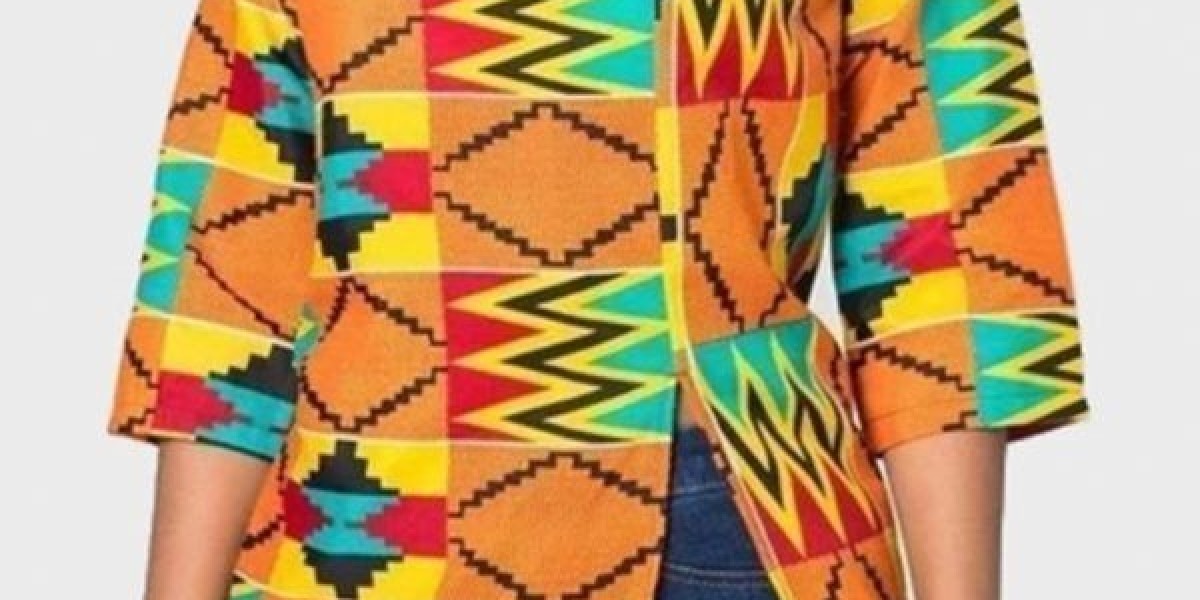African textiles have long been celebrated for their rich history, vibrant colors, and intricate patterns. From the hand-woven kente cloth of Ghana to the indigo-dyed shweshwe fabric of South Africa, these textiles hold cultural significance and tell stories of tradition and identity. In recent years, there has been a notable resurgence of these traditional fabrics in modern women's fashion, reflecting a broader movement towards cultural appreciation and sustainability.
Historical Context
Traditional african clothes textiles are not merely decorative; they are deeply embedded in the cultural and social fabric of various African communities. For centuries, these textiles have been used in ceremonies, rituals, and daily life, each pattern and color often carrying symbolic meanings. For example, kente cloth, traditionally woven by the Akan people of Ghana, features patterns that signify historical events, proverbs, and social status.
Another significant textile is the mud cloth, or bogolanfini, from Mali, which is made from cotton and dyed with fermented mud. The cloth is not only functional but also serves as a canvas for storytelling and social commentary. Similarly, the bright and bold shweshwe fabric from South Africa is known for its distinctive geometric patterns and is often used in clothing that reflects both historical and contemporary influences.
Revival in Modern Fashion
The revival of traditional African textiles in contemporary fashion has been driven by a combination of factors, including a growing appreciation for cultural heritage, a desire for sustainability, and the innovative work of designers who are blending tradition with modernity.
Cultural Appreciation and Influence
Designers across the globe are increasingly incorporating African textiles into their collections, highlighting their aesthetic appeal and cultural significance. High-profile fashion houses and independent designers alike are reinterpreting traditional patterns and techniques, creating garments that pay homage to African heritage while appealing to a global audience. This trend is not just about aesthetics; it represents a broader movement towards recognizing and celebrating cultural diversity.
Sustainability and Ethical Fashion
The fashion industry is increasingly prioritizing sustainability, and traditional African textiles offer a compelling alternative to mass-produced fabrics. Many of these textiles are made using traditional techniques that are environmentally friendly and support local economies. By promoting these textiles, designers are contributing to a more sustainable fashion industry and supporting artisans who have been preserving their craft for generations.
Innovative Design and Collaboration
Modern designers are not only reviving traditional textiles but also pushing the boundaries of how they are used. Collaborations between African artisans and international designers have led to innovative creations that blend traditional craftsmanship with contemporary fashion trends. These collaborations often result in unique pieces that resonate with both cultural authenticity and modern sensibilities.
For example, Nigerian designer Duro Olowu is known for his vibrant use of African prints and textiles in his collections, merging traditional patterns with modern silhouettes. Similarly, the South African brand Maxhosa Africa integrates traditional Xhosa beadwork and weaving techniques into contemporary designs, showcasing the versatility of these textiles.
Challenges and Considerations
Despite the positive developments, the revival of traditional African textiles in modern fashion is not without challenges. Issues such as cultural appropriation, where elements of African textiles are used without proper acknowledgment or respect for their origins, can arise. It is crucial for designers and consumers to approach these textiles with sensitivity and a genuine appreciation for their cultural significance.
Moreover, ensuring fair compensation and equitable opportunities for artisans is essential to the ethical use of traditional textiles. Collaborative efforts should prioritize supporting local communities and preserving traditional craftsmanship.
Conclusion
The revival of traditional african wear for ladies in modern women's fashion represents a beautiful convergence of cultural heritage and contemporary style. By embracing these textiles, designers and consumers alike are participating in a broader movement towards cultural appreciation, sustainability, and ethical fashion. As the fashion world continues to evolve, the integration of traditional African textiles serves as a reminder of the rich history and artistry that these fabrics represent.








